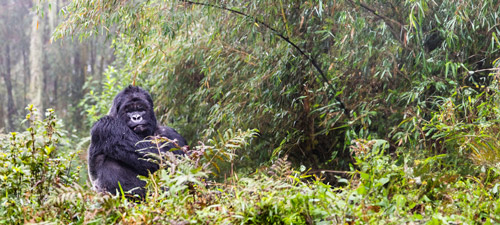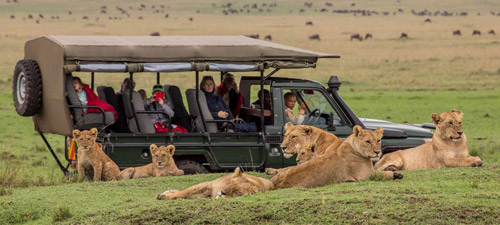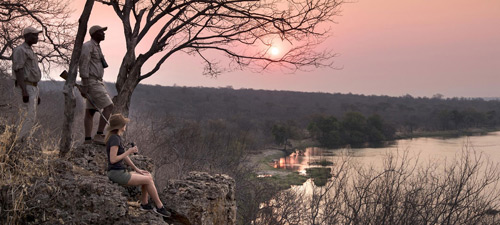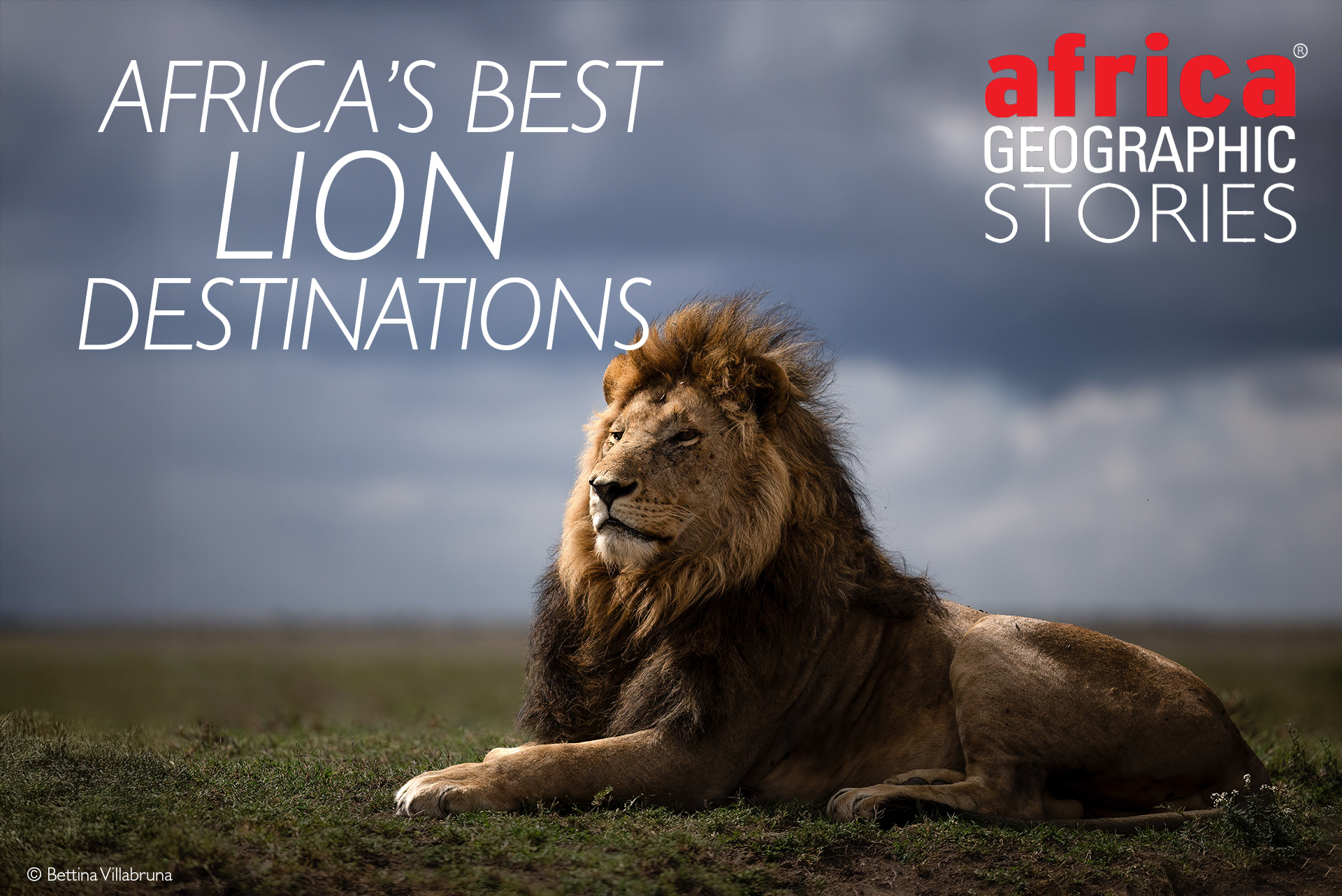
The best places to see wild lions in Africa

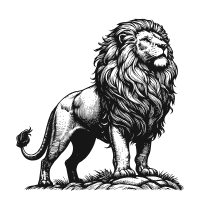
Aptly named the “King of Beasts”, the African lion is an iconic wildlife species, and the joy of seeing these big cats on safari is at the top of many bucket lists. However, despite their popularity, lions are not as commonly seen as one might expect, and sightings are never guaranteed. A century ago, there were as many as 200,000 wild lions in Africa, but today only about 20,000 remain, and lions are confined to about 15% of their former range.
Despite these alarming declines, there are still a number of destinations that offer a very strong chance of experiencing these big cats in the flesh. For the best chance of seeing lions in the wild, head to one of Africa’s top lion hotspots. Our safari experts put their heads together to come up with this list of the best destinations to see wild lions in Africa. While these options offer excellent chances and opportunities to see lions – from rare subspecies to Africa’s largest prides – our list is only a selection of the multitude of spots where travellers can see lions in Africa.
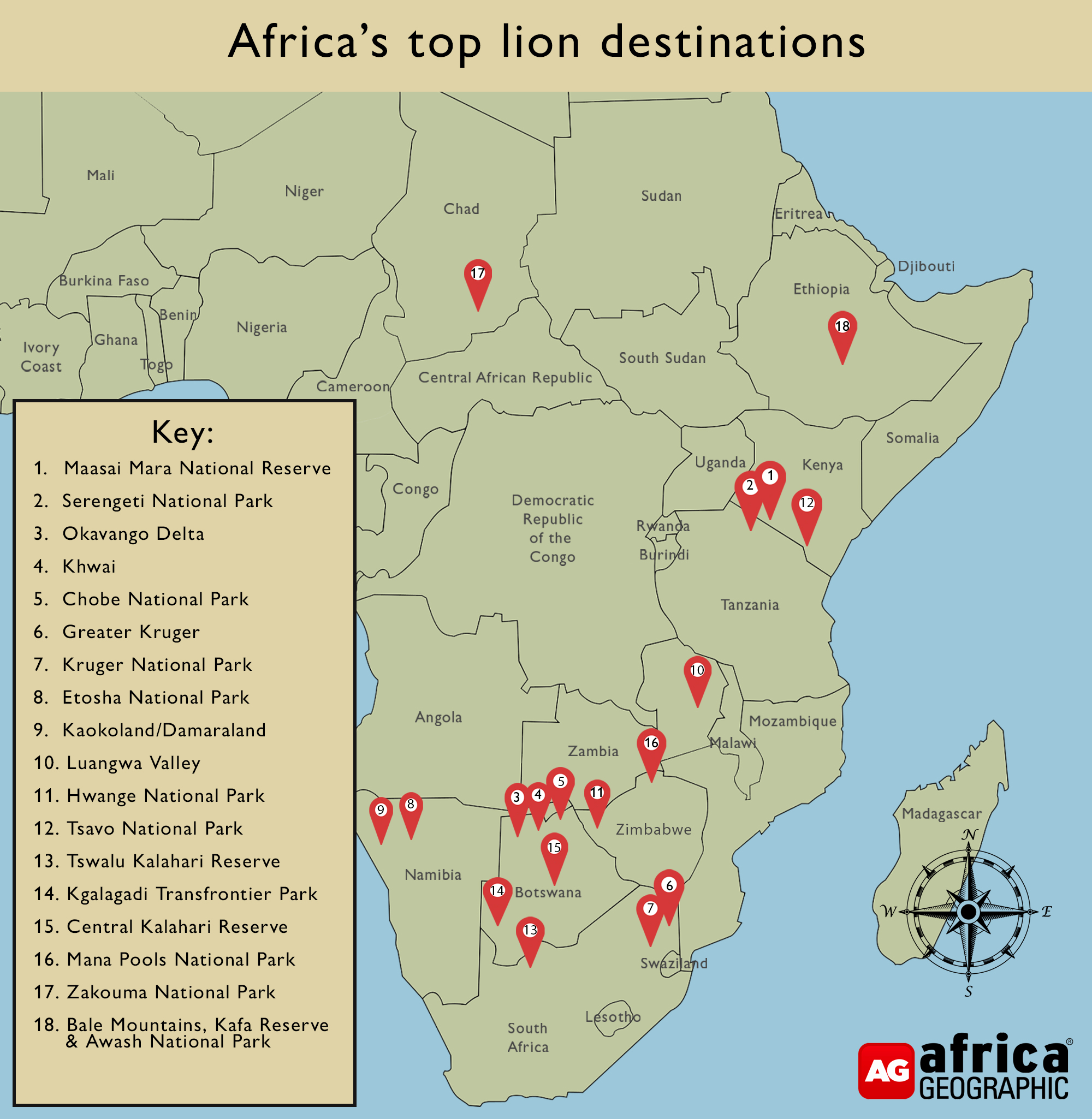
Mara-Serengeti Ecosystem, Kenya & Tanzania
Including Maasai Mara and Serengeti
Stretching over 24,000 km² from Serengeti National Park in Tanzania to the Maasai Mara National Reserve in Kenya, the Serengeti-Mara ecosystem is home to one of the highest densities of lions in the world.
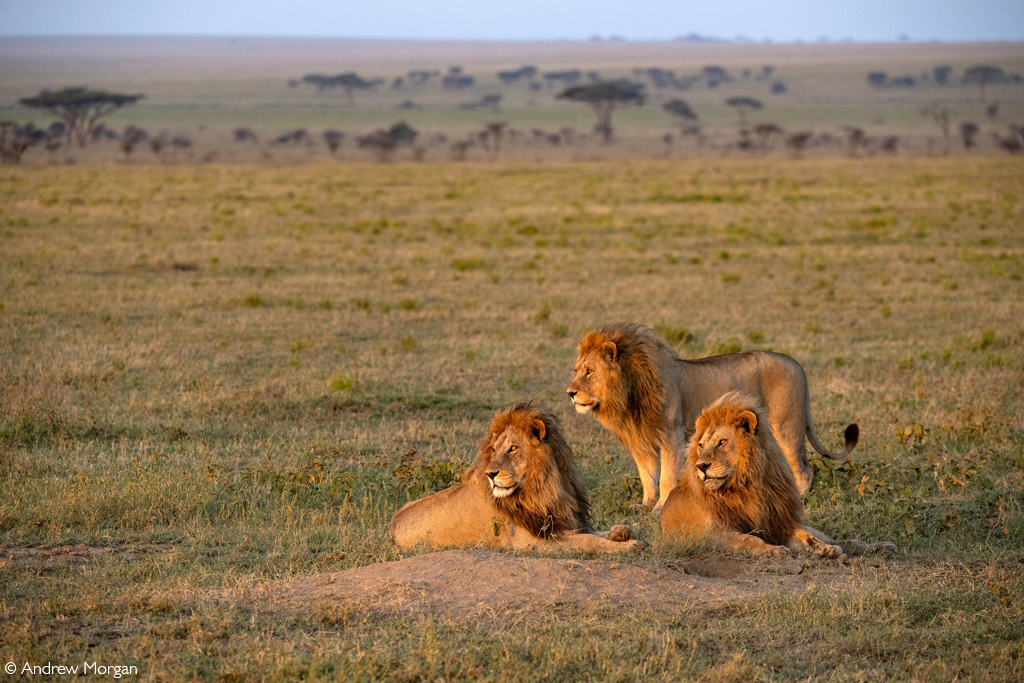
The Serengeti boasts the oldest lion research project in Africa, the Serengeti Lion Project, which has been operating for nearly 50 years. In addition, expect good lion encounters in the Ngorongoro Crater, on the fringes of the Serengeti ecosystem.
Across the border in Kenya, the wide-open savannah plains of the Maasai Mara National Reserve make for excellent lion viewing of large prides that are accustomed to tourist vehicles. The Mara lions have been made famous by the popular BBC TV series, Big Cat Diaries.
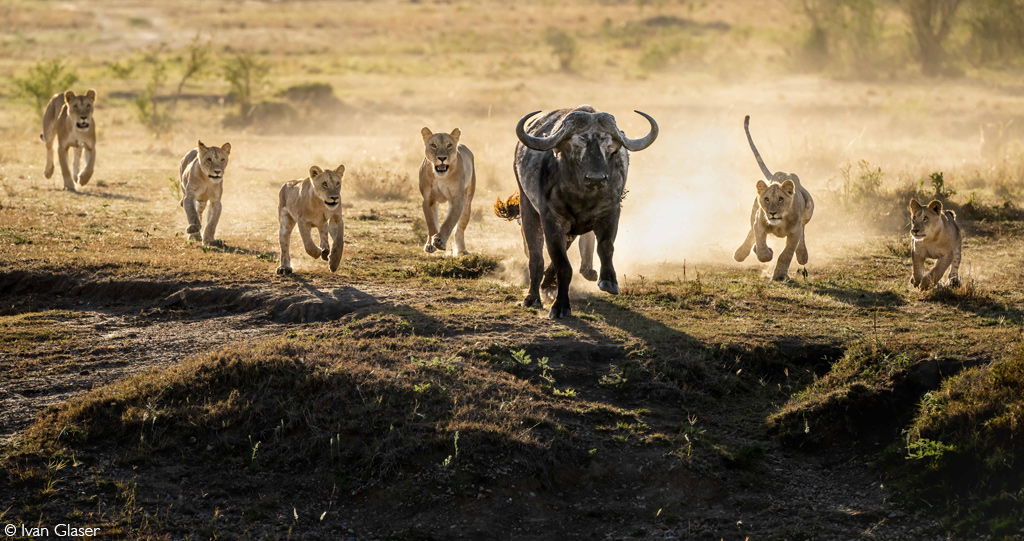
Northern Botswana
Including Okavango Delta, Khwai and Chobe
From dry savannahs to lush wetlands, northern Botswana has it all, and lions abound in this vast wilderness. These lions have adapted to their varied environments and have a wide range of prey species, from elephants and hippos to buffaloes and impalas. And in the harsh, dry winters when water is scarce, lions even compete with crocodiles to scavenge on rotting carcasses. Okavango Delta lions swim between islands and negotiate channels and floodplains during the annual flood season (June to August) in search of prey.
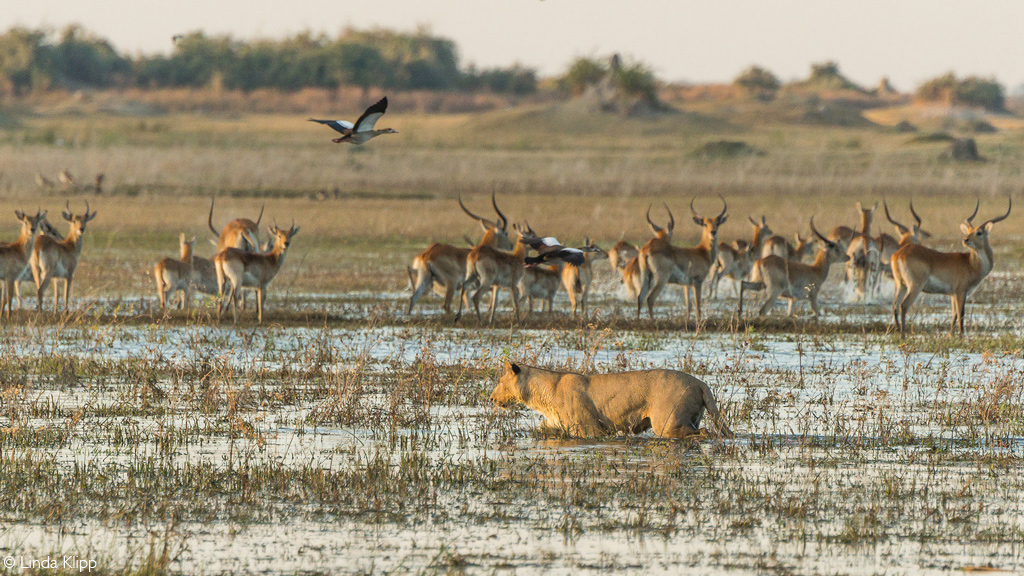
The Okavango Delta (and Moremi Game Reserve) hosts one of the largest lion populations in the world, but also expect to see lions in the adjoining Chobe National Park, as well as in Khwai Community Concession and the larger Khwai Private Reserve in the unfenced wilderness of northern Botswana. The region offers a dramatic wilderness experience that is perfect for lion enthusiasts.
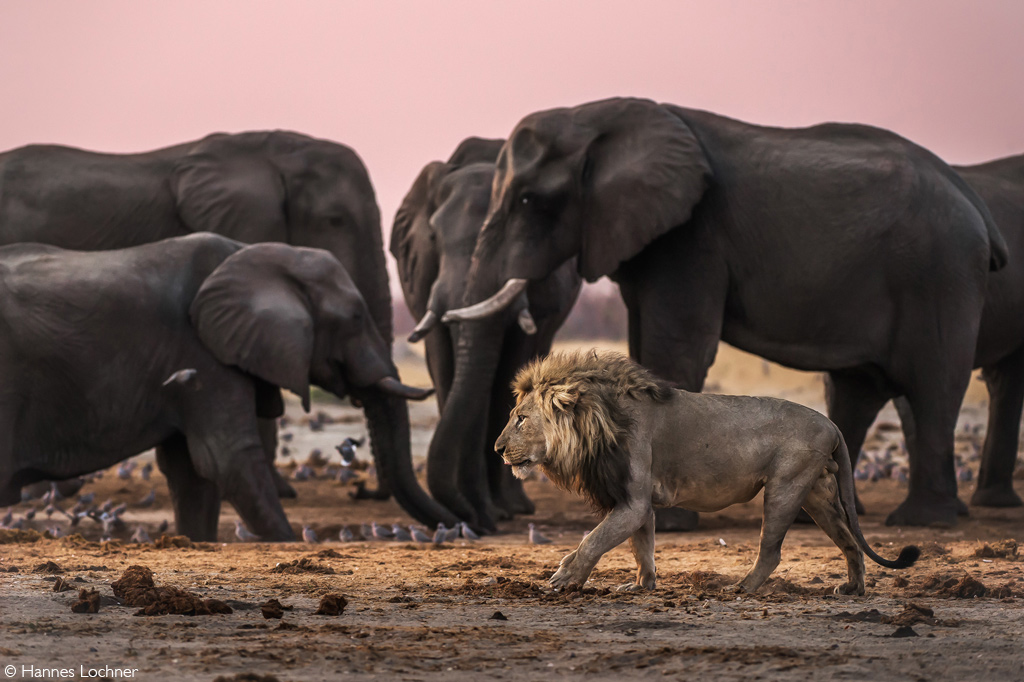
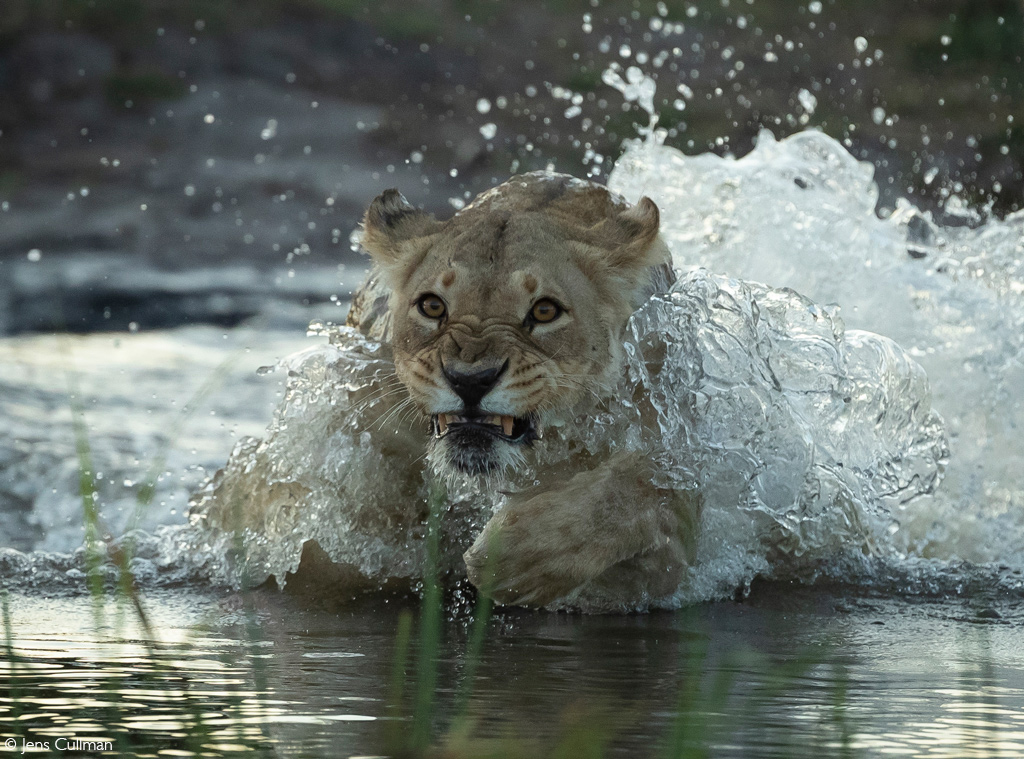
 Want to go on a lion-seeking safari? Browse our top safaris showcasing the Big 5. Or, we’ll help you plan your niche and tailor-made lion safari.
Want to go on a lion-seeking safari? Browse our top safaris showcasing the Big 5. Or, we’ll help you plan your niche and tailor-made lion safari.
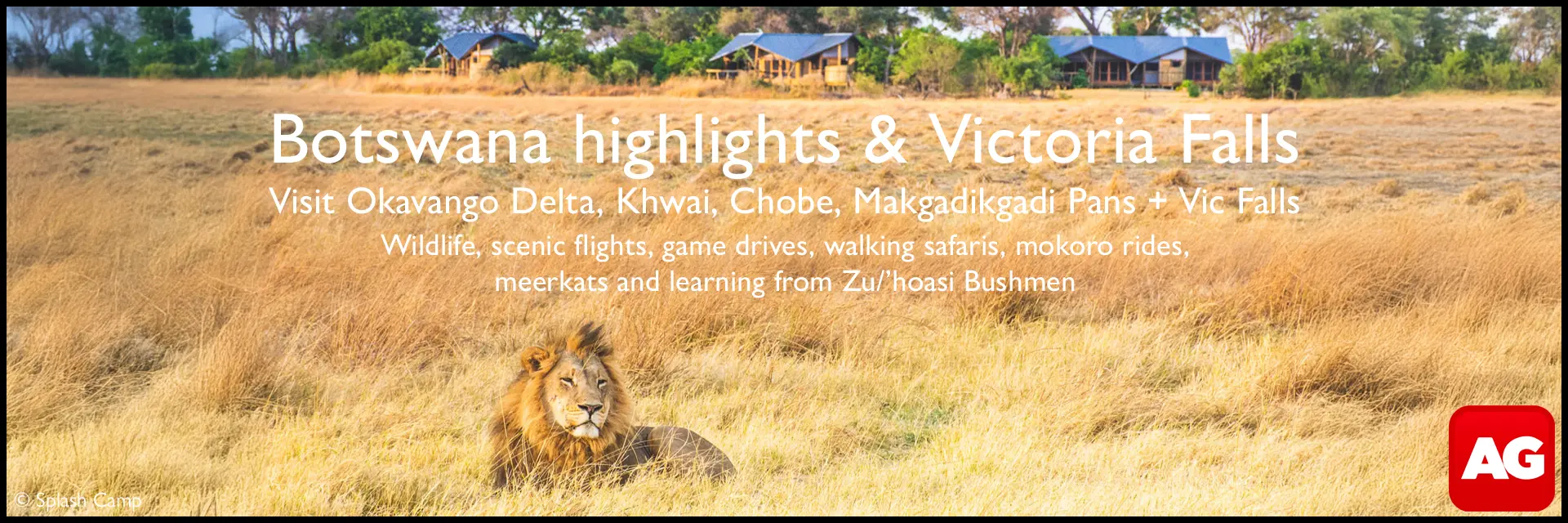
Greater Kruger & Kruger National Park, South Africa
The Greater Kruger is South Africa’s premier wildlife destination and, forming an open system with Kruger National Park, this area is home to the majority of the country’s wild lions. The Kruger National Park, which is larger than Wales, is famous for its diverse lion habitats, from open plains to dense woodland. While lions occur in all areas of Greater Kruger and Kruger National Park, they can be tough to find in the more remote northern areas. The large open plains of the central areas, and prey density further south, mean that more lions are seen here. Timbavati Private Nature Reserve within Greater Kruger is particularly famous for its naturally occurring population of white lions, making this area a must-visit for those seeking rare lion encounters. In the Timbavati region, Ngala Private Game Reserve enjoys regular sightings of white lions.
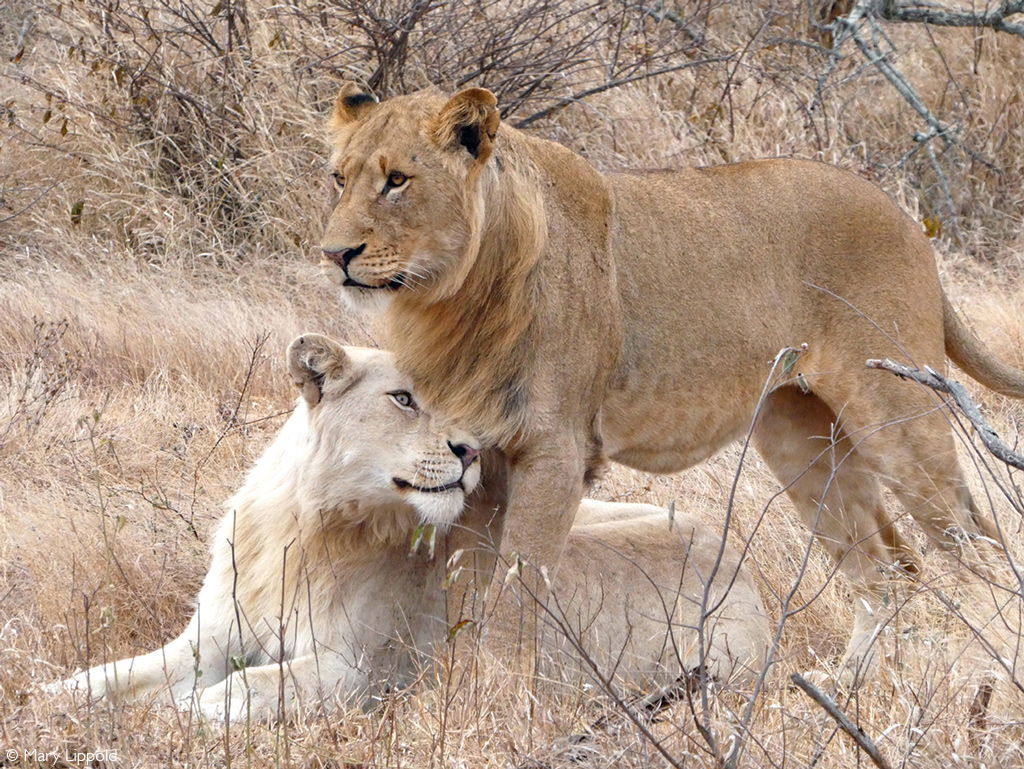
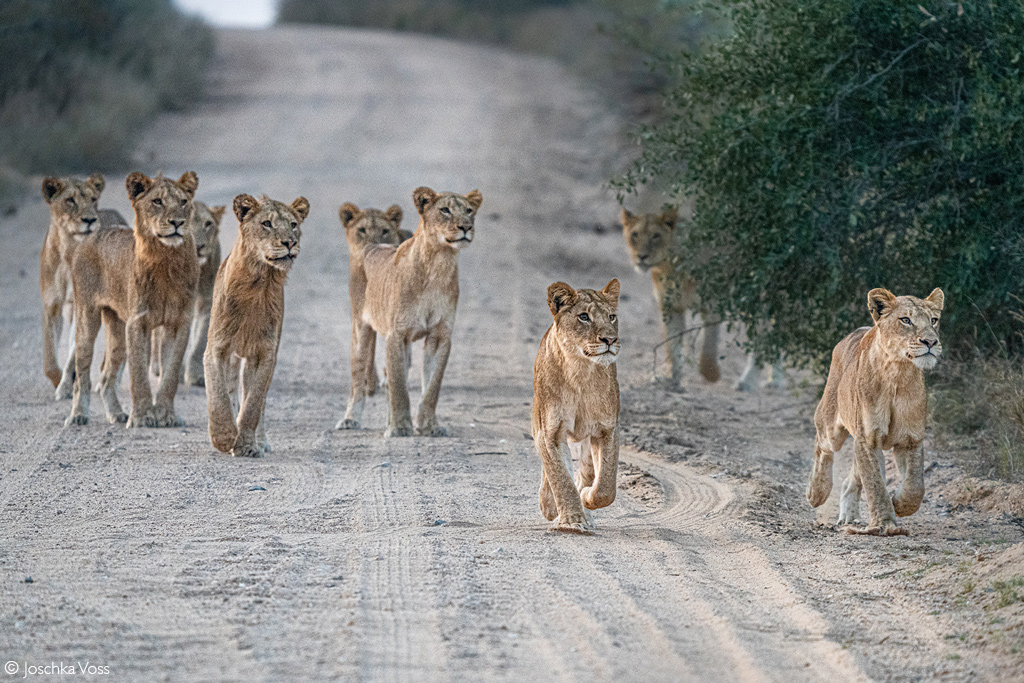
Northern Namibia
Including Etosha and Kaokoland/Damaraland
Namibia’s lion population is spread across the northern reaches of this arid country, with Etosha National Park hosting the most easily accessible population. Etosha lions are best viewed in the dry winter months, and the best strategy to view them is to park at one of many waterholes and wait for them to come to you.
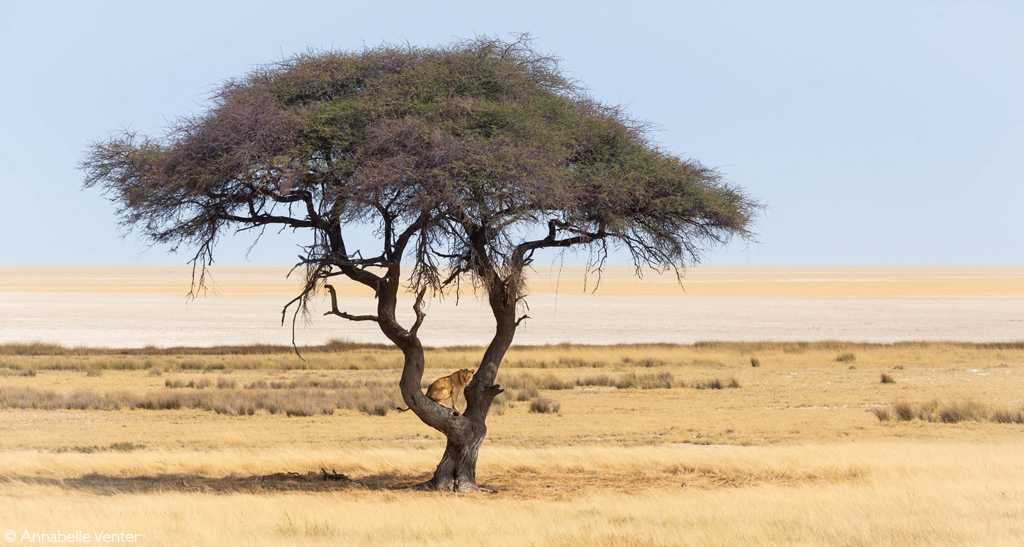
Perhaps the most fascinating Namibian lions are the desert-adapted lions, which occur in the remote Kaokoland/Damaraland region of the northwest, an area of sand dunes and sparse vegetation, wedged between Etosha and the barren Skeleton Coast. These formidable lions eke out a living despite the harsh landscape, low prey density and conflict with farmers.
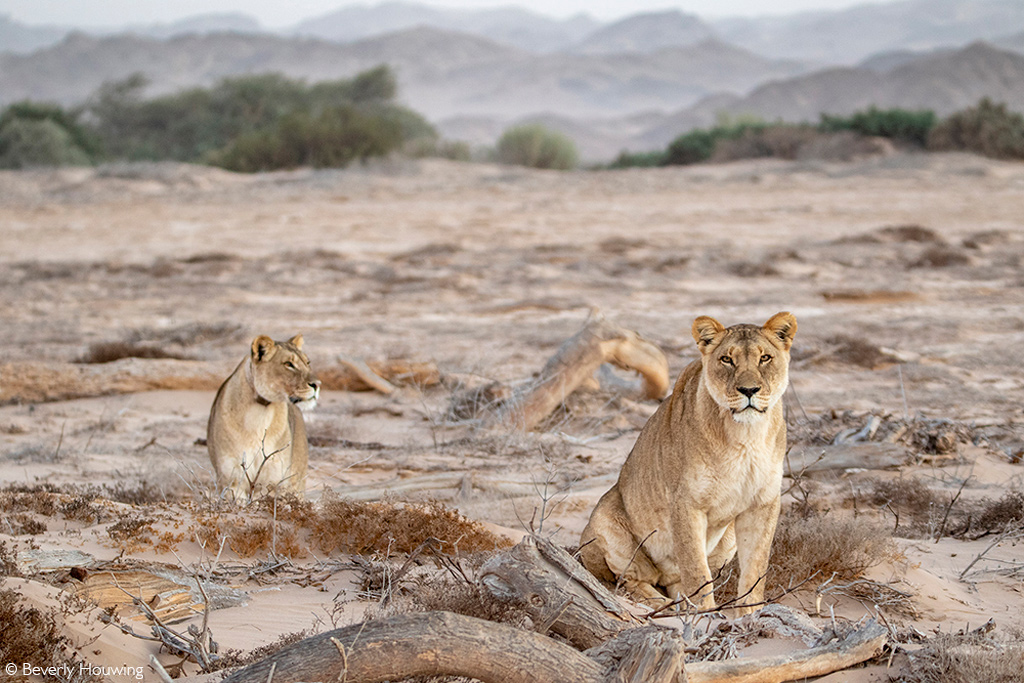
The best time to view the desert-adapted lions is during the dry winter season (June to October). During this time, they can be found hunting around the sparse water sources or lazing about in the open, soaking up the morning sun.
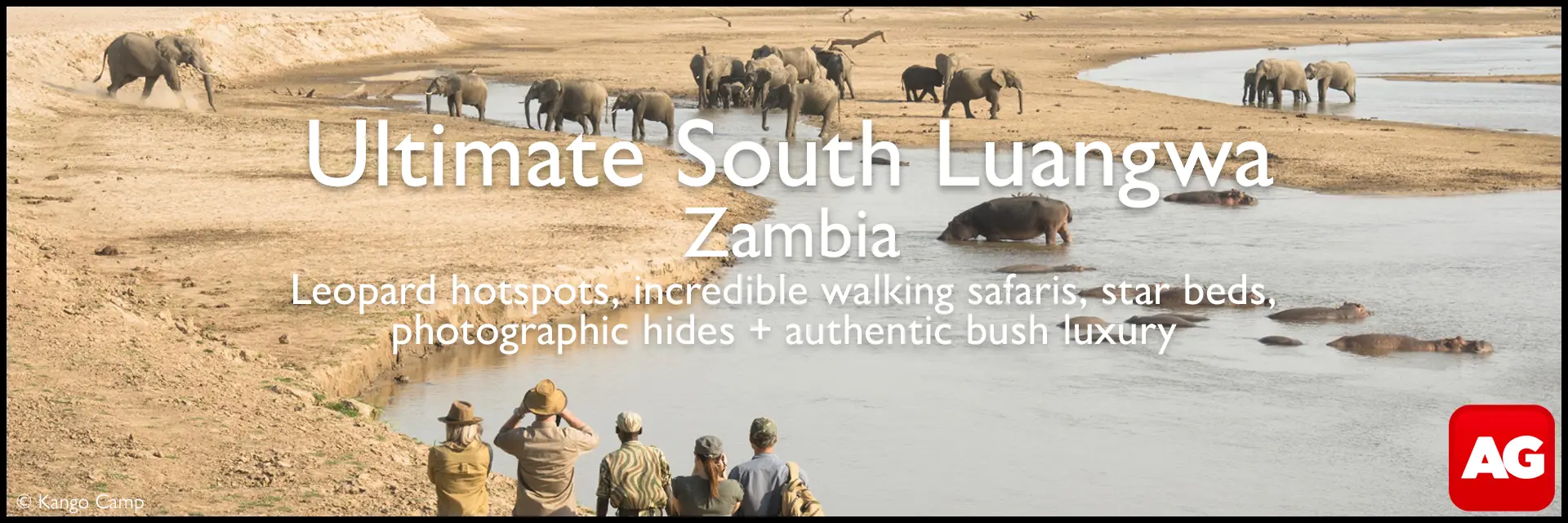
Luangwa Valley, Zambia
The Luangwa Valley in Zambia is renowned for its large lion prides, with South Luangwa National Park offering the most accessible lion sightings. South Luangwa is the birthplace of African walking safaris – a very special wildlife experience for any safari-goer. Encountering wild lions on foot with an experienced guide is one of Africa’s quintessential safari experiences. With frequent sightings of large prides of up to 30 lions in South Luangwa, it’s a must for lion enthusiasts.
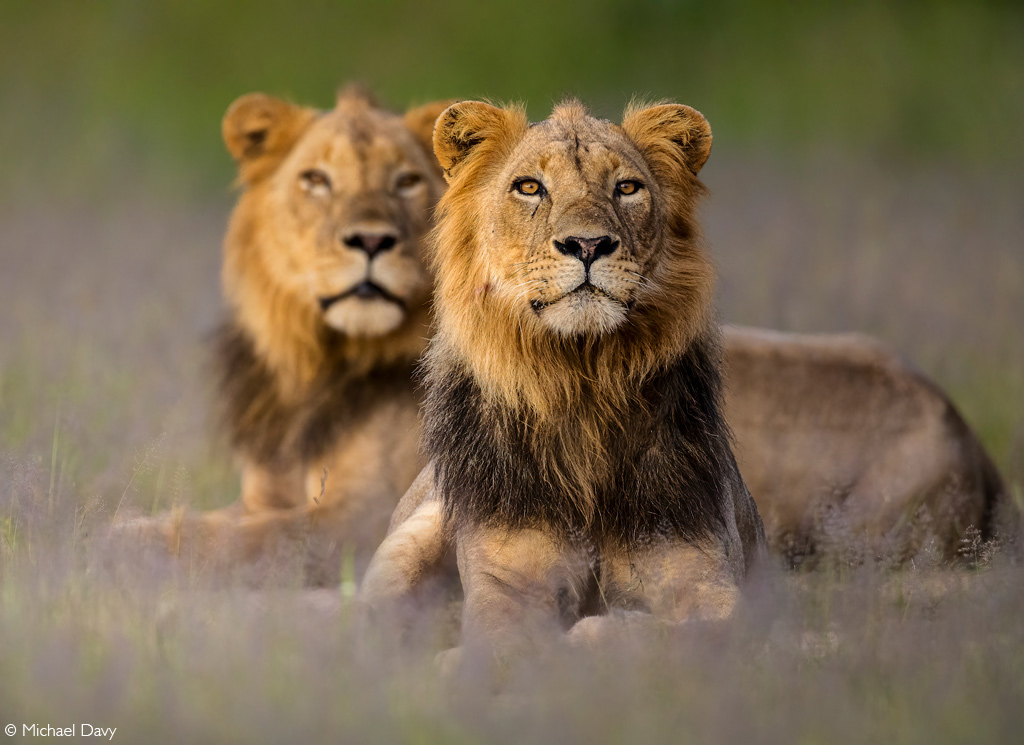
Hwange, Zimbabwe
Hwange National Park hosts a good population of lions and prey species – including large herds of buffalo, a favourite item on the menu. What’s more, these lions are also known for being elephant hunters. Zimbabwe’s largest national park offers excellent lion habitat – including grass plains, deciduous woodlands and thorn savannah. Hwange’s network of waterholes provides good positioning for tourists wishing to experience a lion kill. Just a short drive from Victoria Falls, Hwange is a convenient add-on to your Southern African safari.
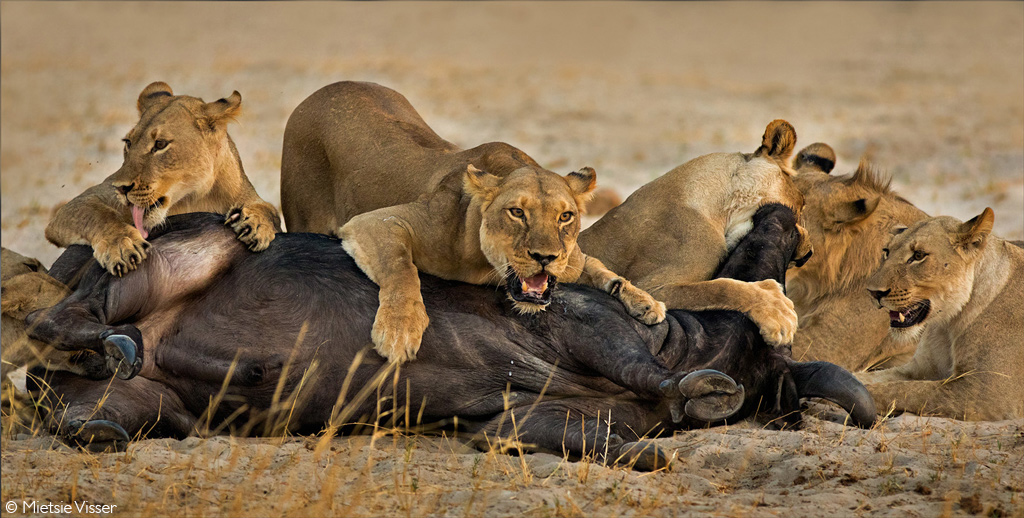
Tsavo, Kenya
Tsavo National Park, one of the largest in Kenya, is famous for its maneless lions and its resilient prides. These lions, which are smaller than the typical African lion, are particularly known for their unique appearance and behaviour. The lions of Tsavo have distinct adaptations – such as scant-to-absent manes – which have arisen in the face of the extreme heat of this harsh arid landscape. Observing these fascinating lions, along with other wildlife species, is a must for every bucket list.
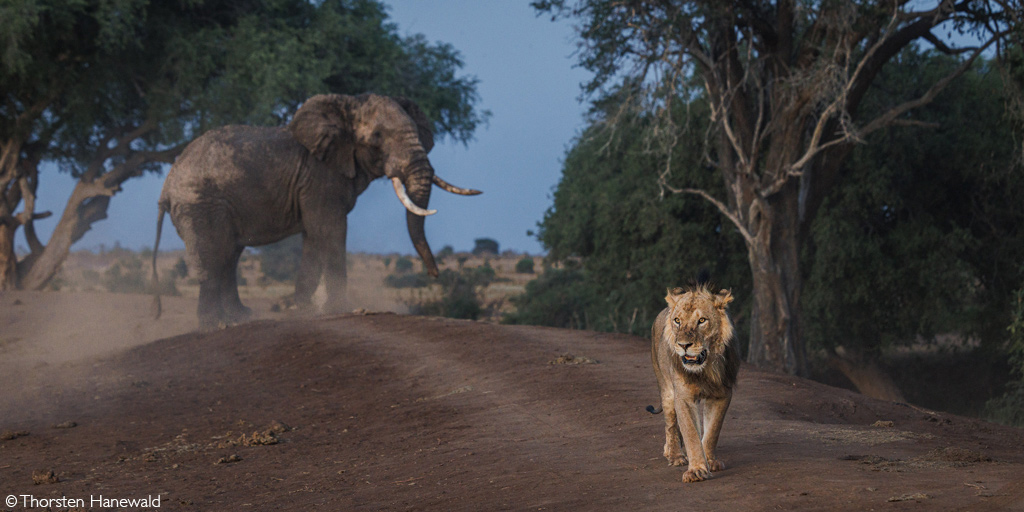
Kalahari Desert, South Africa & Botswana
Including Tswalu Kalahari, Kgalagadi & the Central Kalahari
The Kalahari Desert is home to some of Africa’s most striking big cats: black-maned lions. The lions of Tswalu Kalahari Reserve, Kgalagadi Transfrontier Park and Central Kalahari Game Reserve are particularly notable for their remarkable adaptations to the harsh desert environment.
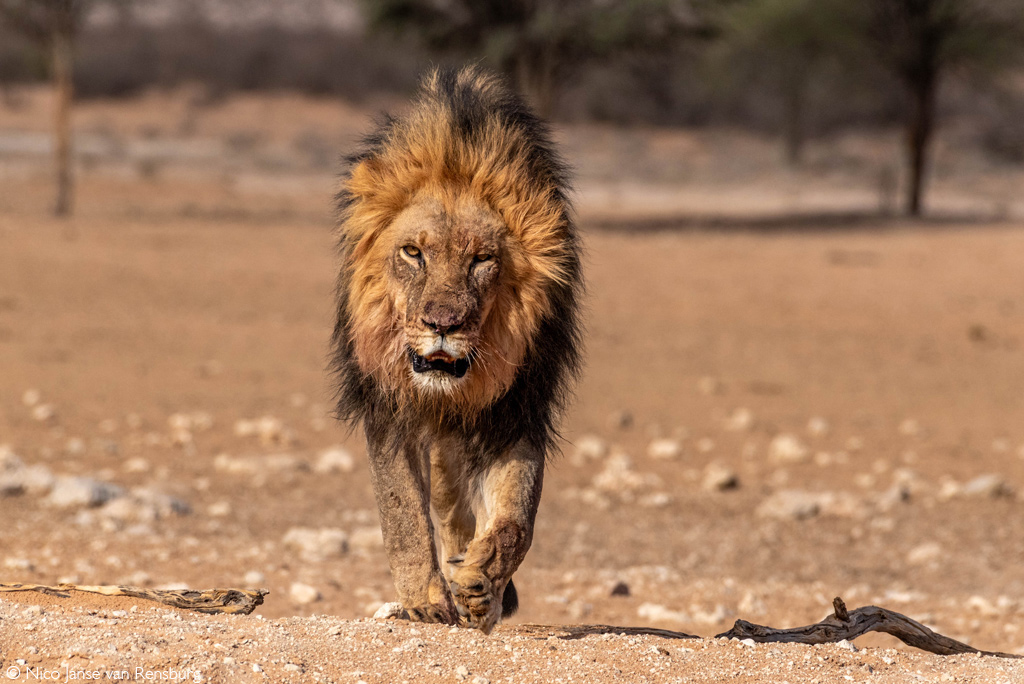
These lions are known for their resilience, hunting in one of the most challenging ecosystems in Africa. Their distinctive black manes make them a special sight to see. The stark beauty of the Kalahari, combined with the dramatic lion sightings, makes it a must-visit for lion lovers.
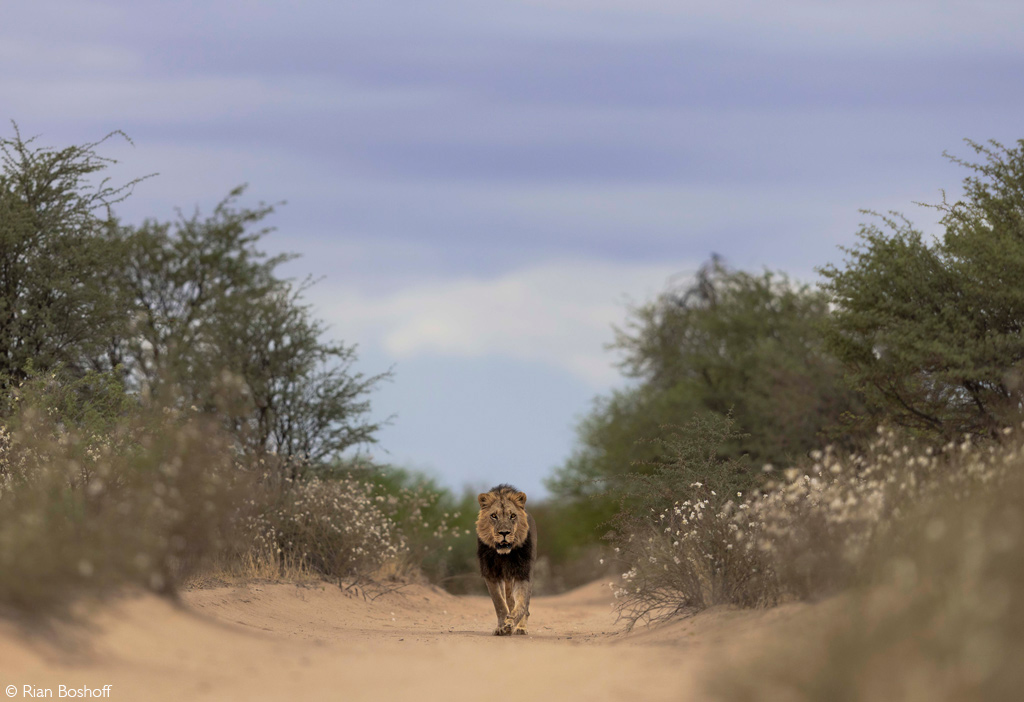

Mana Pools, Zimbabwe
Mana Pools National Park in Zimbabwe is another excellent location for lion sightings. Known for its incredible biodiversity and the opportunity to view lions in a pristine, wilderness setting, Mana Pools offers some of the best lion viewing in Africa. The park is renowned for its walking safaris, where visitors can encounter lions on foot, adding a thrilling element to the experience.
Away from the river, at the foot of the escarpment is Chitake Springs – a remote and truly wild safari experience. Here, the spring is a perennial water source in a dry riverbed – the only water source for concentrations of wildlife. During the dry season, large herds of buffalo, elephant and other herbivores converge on the water, and lions line the steep river channel banks to ambush their prey as they drink.
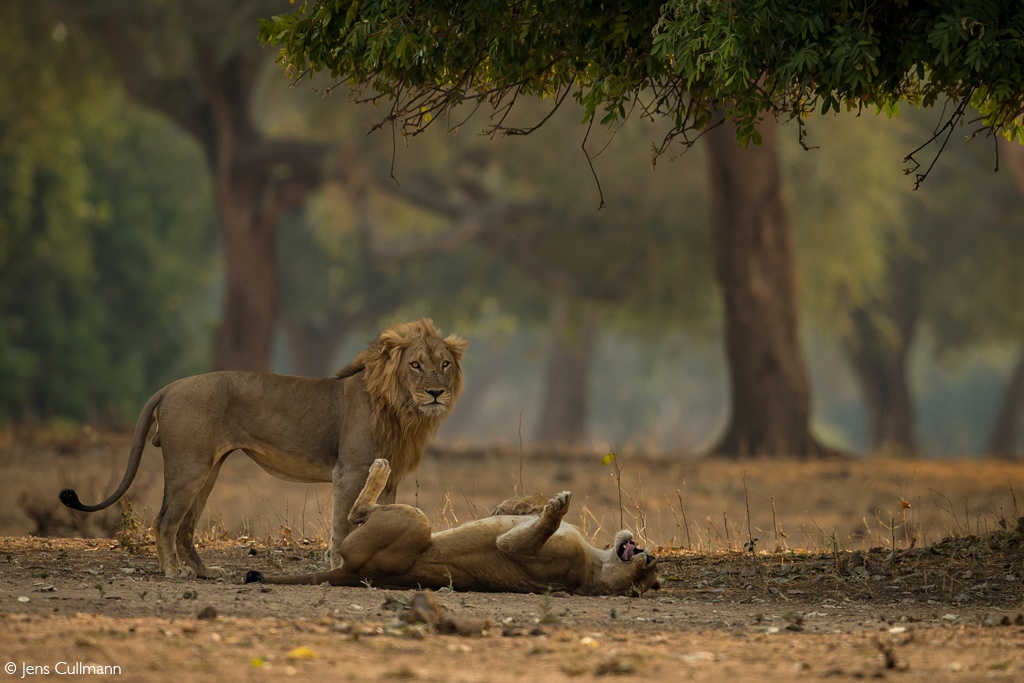
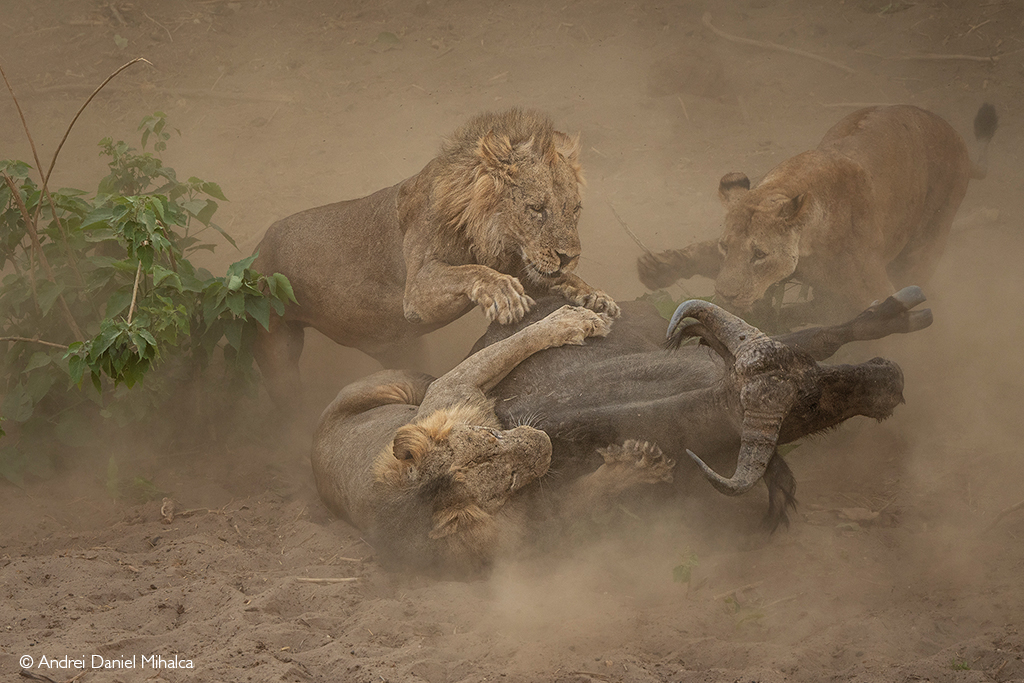
Zakouma, Chad – for West African lions
In West Africa, Zakouma National Park in Chad is home to elusive West African lions. These lions are smaller in size than their East and Southern African counterparts but are no less impressive. Zakouma offers an authentic, off-the-beaten-path safari experience, with opportunities to see these rare and critically endangered lions. Zakouma is managed by African Parks in partnership with the Government of Chad and local communities. In the process, Zakouma has seen major conservation boosts, a significant reduction in poaching, and a revitalisation of tourism in the Greater Zakouma Ecosystem.
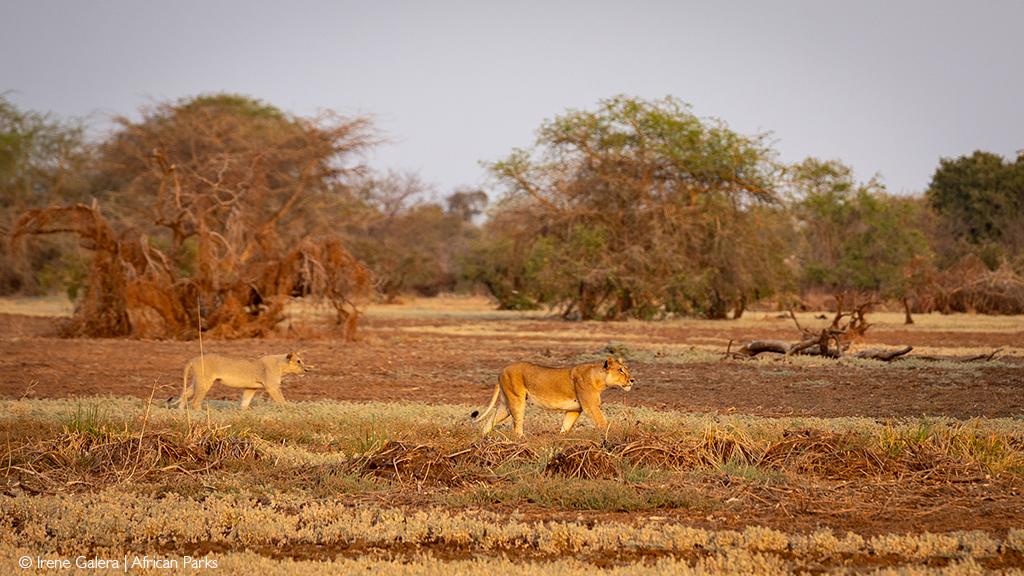
Bale Mountains, Kafa & Awash, Ethiopia
In the Highlands of Ethiopia, the lion subspecies Panthera leo melanochaita – to which the Cape lion is genetically similar – still clings to survival in the Bale Mountains, Kafa Reserve, and Awash National Park. These lions are a distinct subspecies known for their darker manes. These rare lions are critically endangered due to habitat loss and historical hunting pressures. To see these lions in the flesh, chat to our experts who can advise on the best time to travel to see them, and lodges that offer easy access to seeing the lions when they come out of the forests.
Resources
- Lions are under threat. A new study examines the fragility of lion populations in Africa, probing socio-political & ecological factors
- Does lion pride behaviour change between fenced & open systems? Researchers monitoring lions in Kruger, Pilanesberg & more aim to find out
- Africa’s lions are disappearing. New research shows that lion populations across the continent have declined by 75% in just five decades
- Improved management in Zakouma, Chad, has led to healthier prey populations. Lions now favour larger species & prides are getting bigger
- Hwange is a top safari spot for seeing lions, many of which are well known. Read about some of Hwange’s lion legends & their challenges
- You can help save the free-roaming lions of Africa – read more about our Collar a Lion campaign
To comment on this story: Login (or sign up) to our app here - it's a troll-free safe place 🙂.![]()


